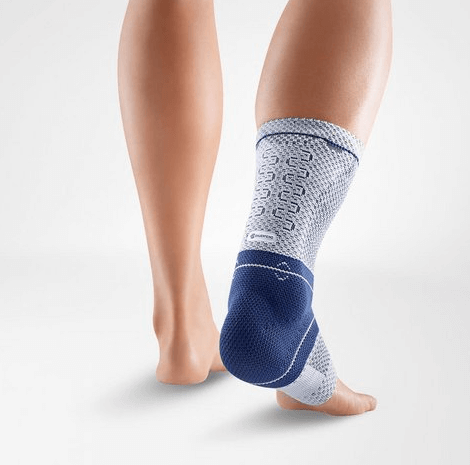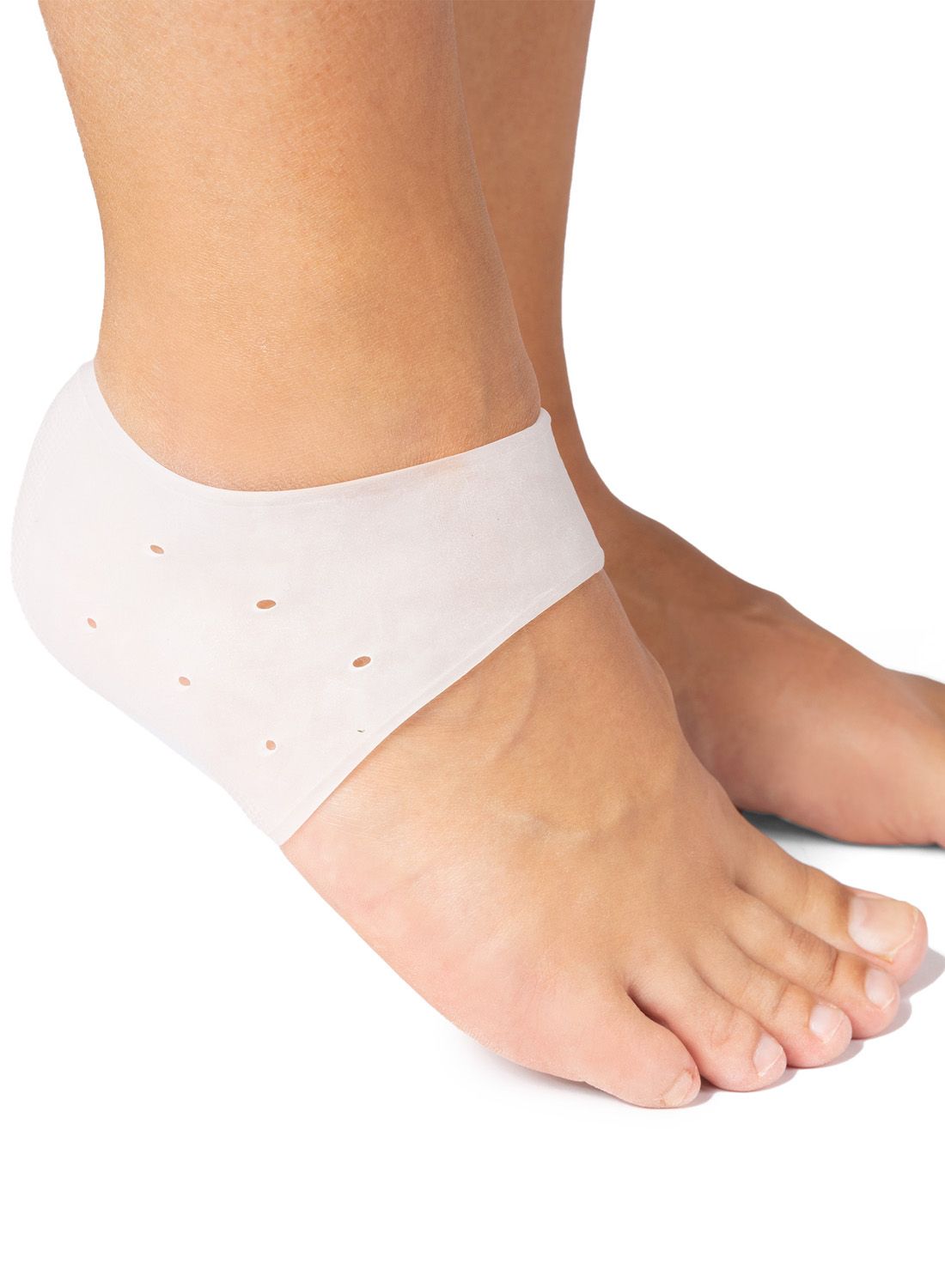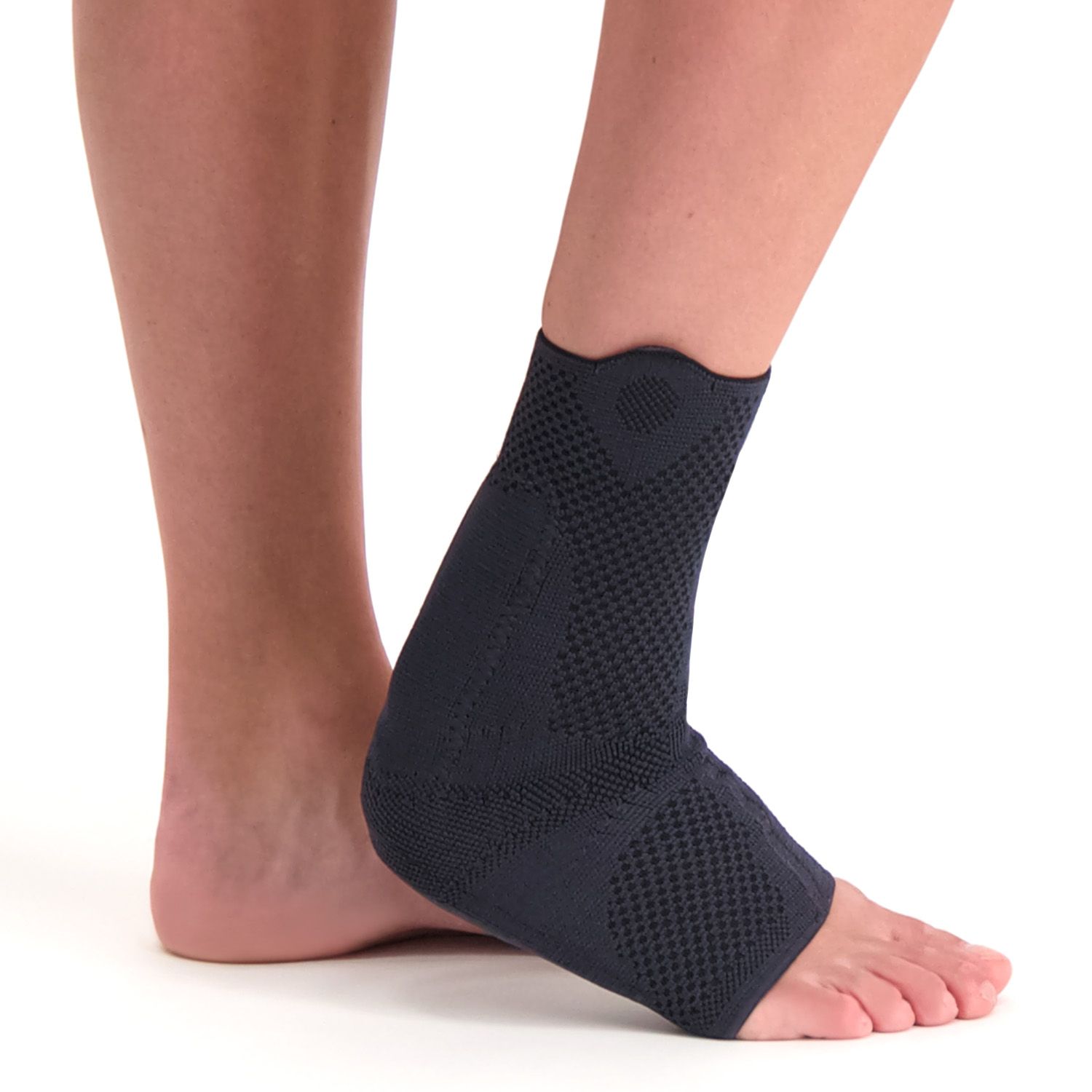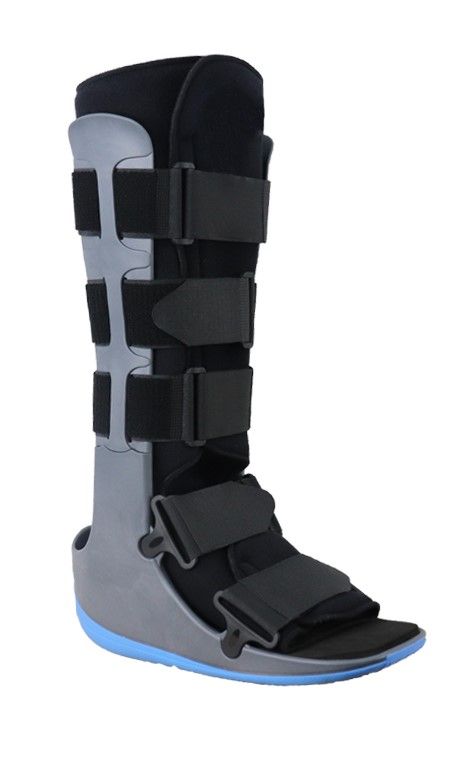Achilles Tendon Rehabilitation (after surgery or trauma)
Achilles Tendon Rupture
A different word for a torn achilles tendon is a rupture. A torn achilles tendon often occurs because the achilles tendon isn't strong enough, or weakened. A fast or sudden muscular effort, such as, running or jumping, is often the cause of a rupturing of the achilles tendon. A torn achilles tendon is most common among sportive men, between the age of 30 and 40.
Symptoms of a ruptured achilles tendon
The symptoms of a torn achilles tendon is a severe pain at the bottom of the calf. A stabbing pain that feels like a blow to the heel. After which, you can barely walk and standing on your toes is impossible.
Research into an achilles tendon rupture
There is very little to see on the outside. An interruption in the achilles tendon reveals the tear when a doctor examines your calf and achilles tendon. If your doctor squeezes your calf muscle, and your foot doesn't move, that indicates a rupture. An endoscopy might be required for a final confirmation of the rupture.
Treatment of a ruptured achilles tendon
When treating a ruptured achilles tendon, you have two choices. Surgery or casting of your foot. Both methods work adequately. A cast period of around 6 weeks is standard. After two weeks, the position of the foot is changed to a neutral position. After 10 to 12 weeks, you can slowly start working out again. Stretching of the achilles tendon is not recommended, this may cause undesirable recovery of the tendon. An achilles tendon support is a perfect tool for rehabilitation.

Bauerfeind AchilloTrain® - Achilles Tendon Support

Solelution Silicone Heel Gelcups (per pair)
Solelution Socks with Silicone Gel Heel (per pair)

Lyon Achilles Tendon Support

Dunimed ROM Walker Foot Support
Protection level 3
- Physiotherapist
- Sports podiatrist
- Manual therapist
- Podopostural therapist
- Myofascial dry needling specialist


